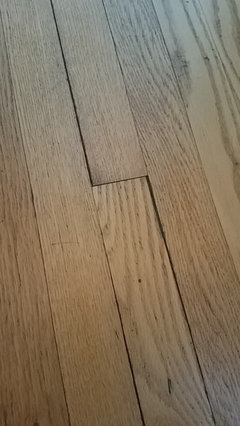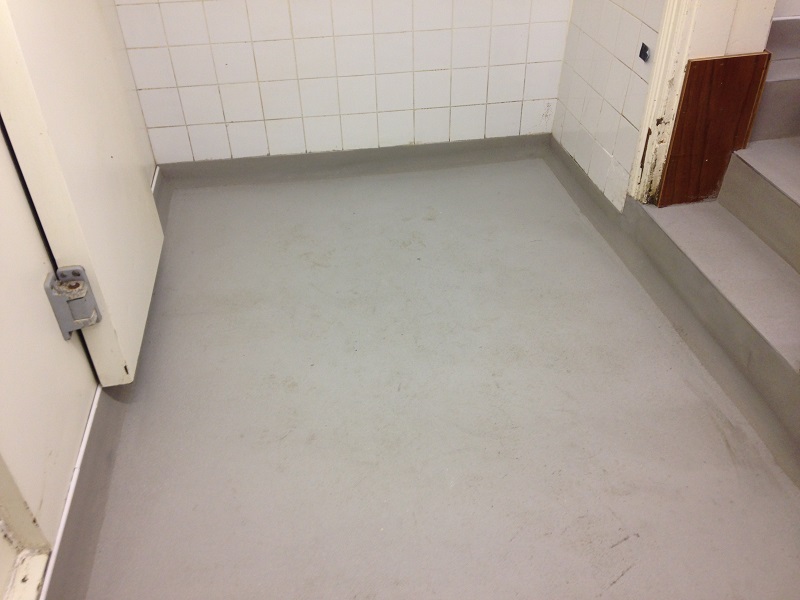The Benefits and Drawbacks of Bamboo Floor Covering for Your Home
The Benefits and Drawbacks of Bamboo Floor Covering for Your Home
Blog Article
Are you searching for help and advice around How do you maintain vinyl flooring??

Bamboo flooring is renowned for many home owners due to its benefits. It has ended up being the significant choiced floor for service as well as homeowners whenever there is requirement for sustainability.
However, bamboo similar to timber, is at risk to damages as well as splitting when humidity levels rise and fall.
Are you believing regarding bamboo flooring for your residence? We will certainly likewise talk about the different kinds of bamboo flooring available on the market.
Kinds Of Bamboo Flooring
There are three basic alternatives: strand-woven, upright, as well as horizontal. House owners can choose which type of bamboo flooring to buy based upon their traits. The customer's designated visual impacts the picked Bamboo flooring type.
Strong - Vertical Bamboo Flooring
Slim strips of completely dry bamboo timber glued vertically and also pressed making use of high heat as well as pressure develop this type of bamboo flooring.
The thinnest side of the bamboo slabs will certainly be in a vertical form. A firm bonding, pressing, and also lamination will certainly follow. Because of their method of joining, the bamboo strips include a slim grain pattern.
The good idea concerning this type of bamboo flooring is that it is sturdy as well as very economical. Additionally, it offers a classy and also elegant flooring coating. Yet it is not commonly readily available.
Solid - Straight Bamboo Flooring
You will certainly observe that this type is almost the like upright bamboo flooring. It has a slight variation. Straight bamboo is just one of the most preferred types of bamboo flooring.
It is made by drying big strips of bamboo, slicing these larger items into thinner strips, and afterwards gluing them to form planks. The boards will after that go through stress and also warm to ensure they are well fastened.
Natural bamboo has a lighter color. While carbonized bamboo will certainly be much less tough than normal bamboo, if you need a darker color, it may do you great.
Strand Woven Bamboo Flooring
Shredding the bamboo to draw out the fibers is one of the much more enticing steps in creating strand-woven bamboo floors.
The bamboo fiber is usually combined with an adhesive after it's made to a pulp. The material is then knitted and compressed under great warm, as the name recommends.
After making upright and horizontal bamboo, the strips serve to create strand woven bamboo. The eco-conscious customer might discover this feature appealing. The factor is that it guarantees that the whole bamboo stalk produces really little waste.
Engineered Bamboo Flooring
Both solid as well as crafted bamboo flooring choices are readily available. Once the bamboo timber fits, it isn't simple to distinguish between them.
Yet their differences are because of their production. Engineered bamboo wood has a slim plywood backing.
Whether engineered or solid, bamboo flooring is durable, durable, as well as appealing.
Engineered bamboo flooring makes use of the floating wood floor over a slim foam base. They may additionally remain in the form of wide slabs. They are offered in widths up to 19 cm.
When Choosing Bamboo Flooring, features And What to Maintain in Mind
With a multi-layered layer, bamboo flooring will certainly be pretty sturdy. Keep in mind that future touch-ups might require a much more skilled flooring expert.
Also, using your finish will certainly make matching repair work less complicated when established in your home. But the finish will not last as long as factory surfaces.
Besides that, right here are some exciting attributes of bamboo flooring.
Sturdy
Bamboo flooring is not developed equivalent. There are lots of kinds of bamboo, and the various approaches utilized to turn it right into slabs influence its toughness.
Therefore, bamboo, like hardwood flooring, can come to be susceptible to damage with time. Scratching, fracturing, and other wear and tear may occur. You can also sand some bamboo to look like hardwood, but not all.
Affordable Maintenance
You can maintain bamboo flooring in good condition by cleaning and also damp mopping. Regardless of being much more prone to scrapes, bamboo flooring is really simple to preserve.
You might get bamboo floors that are as good as new by sanding them down as well as using a fresh layer of paint.
Eco-Conscious
This flooring comes from a natural plant called the bamboo plant. So when contrasted to other tree types utilized to make wood flooring, bamboo expands even more and also much faster.
Profits
It's straightforward to know why bamboo flooring has actually come to be a lot more popular nowadays. For almost any type of residence, bamboo supplies numerous solid as well as audio options for the atmosphere. Bamboo flooring might be the ideal alternative for updating your flooring.
We will additionally talk about the different kinds of bamboo flooring available on the market. Home owners can select which kind of bamboo flooring to get based on their qualities. Horizontal bamboo is one of the most prominent kinds of bamboo flooring.
While carbonized bamboo will be much less hard than routine bamboo, if you require a darker color, it might do you good. After making vertical as well as straight bamboo, the strips offer to create strand woven bamboo.
Bamboo Flooring
Manufacture of Bamboo Flooring
Stranded bamboo is made by shredding the bamboo stalks into small strands, which are compressed into sheets using heat and resin binders, then cut into planks to use as building materials. This form of flooring is available both as tongue-and-groove planks that are nailed down, as well as planks that float over the underlayment. This is a premium form of bamboo flooring, available in many colors.
Horizontal bamboo flooring is manufactured by cutting the strands into thin strips which are then glued together to form planks. This type of flooring has a "grain," since the long stalk fibers are visible in the flooring. This type of bamboo is not as hard or durable as stranded bamboo, but it can have a very striking appearance. It, too, is available both in nail-down planks and as floating floor planks.
Engineered bamboo flooring is made by bonding a thin layer of bamboo onto a plywood or MDF core. This flooring is comparable to engineered hardwood and is installed in the same way—usually with click-lock planks that float over a foam underlayment. It is the least expensive (and least durable) form of bamboo flooring, and it cannot be refinished.
Unless it is stained, most bamboo flooring has a natural blonde or amber color that resembles unfinished maple or birch, but darker tones are available through a process called carbonizing, which entails subjecting the planks to high temperatures. While the color can be very attractive, carbonized bamboo is softer than uncarbonized forms, and is more susceptible to scratching.
Eco-Friendliness
Environmentally conscious consumers are often drawn to bamboo as a wholly renewable resource. Unlike the hardwood lumber industry, where trees can take decades to mature, bamboo stalks grow so fast that there is little environmental liability to the harvest practices. Moreover, bamboo stalks that are cut simply continue to grow and replenish themselves so that they can be harvested.
But the manufacturing process creates other environmental concerns. Bamboo floor planks are manufactured by slicing or shredding the stalks of bamboo grass plants and then compressing the pulp back together using heat, pressure, and a resin-based adhesive identical to those used in many other flooring products. This adhesive often contains urea-formaldehyde that can outgas into the air.1
The level of adhesive used and the amount of toxins emitted will vary, depending on how the bamboo planks are manufactured. Cheaper products may contain more formaldehyde, while more expensive products may use alternative materials in the resins. The amount of formaldehyde used in bamboo flooring is similar to that found in engineered hardwood flooring or MDF sheathing, and it tends to be a problem only for sensitive individuals.2 But if this concerns you, look for bamboo products labeled as formaldehyde-free.
Bamboo Flooring Cost
This material is priced at about the same level as most hardwood floors. You can find bamboo flooring products ranging from about $2 to $8 per square foot, with a national average of $3.84 per square foot. Installation costs for bamboo flooring are much the same as for hardwood flooring. On average, figure on adding about $4 per square foot for installation labor in addition to the cost of materials. You should be able to get a good-quality bamboo installed for less than $10 per square foot, including materials and labor.
https://www.thespruce.com/benefits-and-drawbacks-of-bamboo-floors-1314694

Do you enjoy reading about How to Care for Vinyl Flooring?? Make a remark further down. We would be glad to know your reactions about this blog posting. Hoping to see you back again later on. Those who appreciated our page if you please make sure you remember to share it. Thank you so much for your time spent reading it.
Report this page